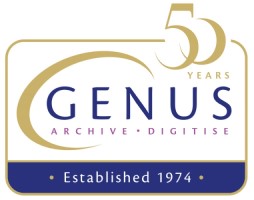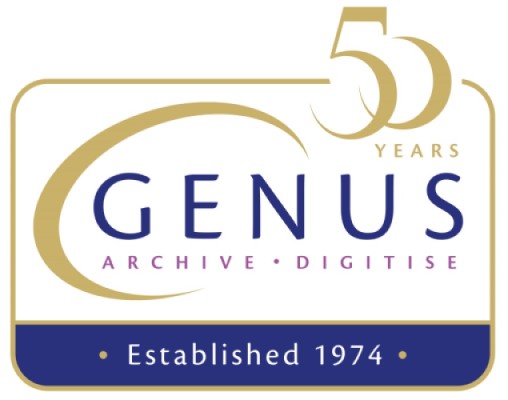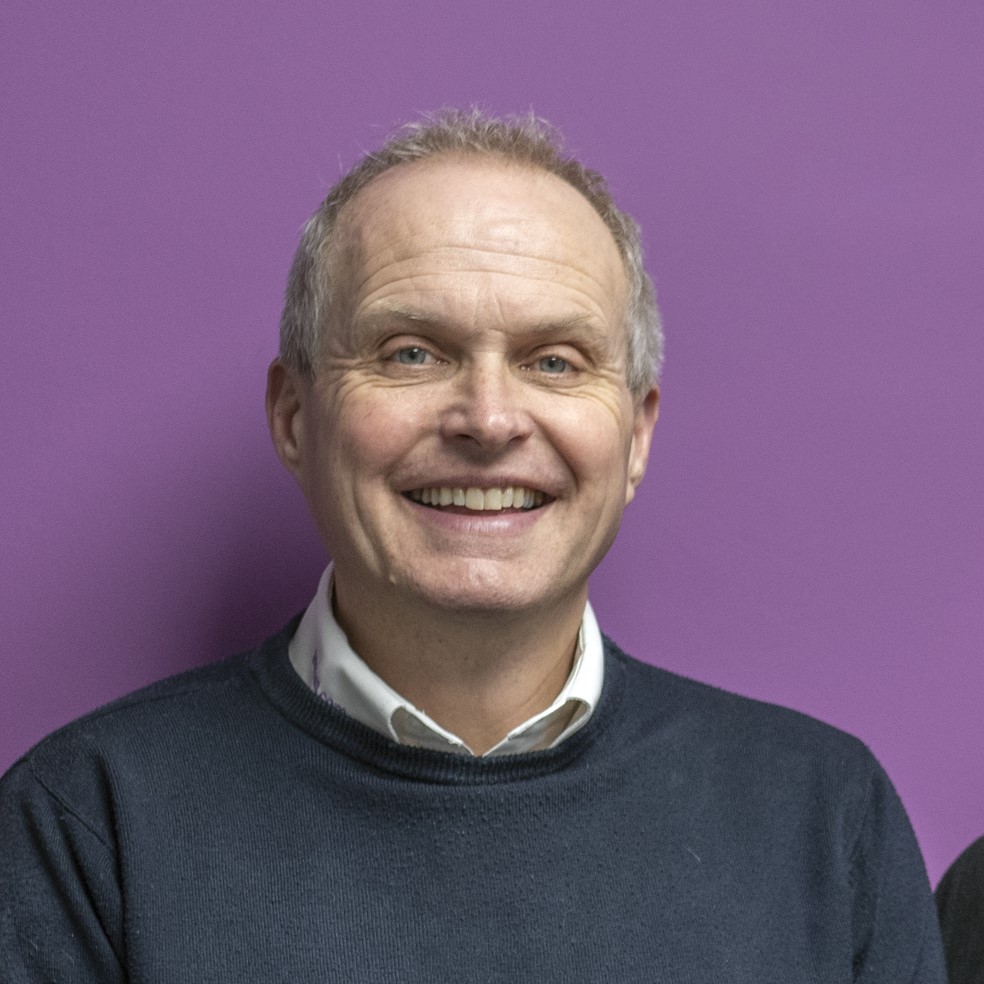As a small organisation we use digital data day in, day out. Of course we do. Everybody does. However what do we do about those really important documents that we have to keep forever – lease documents, property title deeds, employee records, pension files, contracts and legal documents?
As a large multinational what do you do with international contracts, engineering plans, compliance documents, medical testing records, international standards information, legal defence information, patent records, trademark applications, production route cards, delivery notes, purchase orders and expenses claims?
As a government what do you do with health care records, national insurance information, nuclear power plant records, census information, voting cards, historical manuscripts, national identity documents, car registrations etc?
Lots of organisations have encountered issues with losing digital data via software not being backwards compatible, media becoming obsolete, hard drive failures, cyber theft and employee negligence.1
So what is the solution?
More and more organisations are going back to the future and using digital microfilm. What many thought of as an obsolete medium is now being reinvented. No longer do you have to worry about chemicals and a manual photographic process. Now digital files can be written directly to a microfilm drive for automatic conversion of digital files into an analogue version on machine readable microfilm. Microfilm has an official Life Expectancy rating of 500 years, using ISO 10602:19952 and ISO 18901:20103
Microfilm is human readable and can be scanned automatically back into a digital management system when needed.
So who is going Back to the Future?
The UK’s Springfield Fuels archives its compliance and engineering documents to digital microfilm. In its’ November 2014 national elections the Romanian government archived all of its’ voting eligibility records cards to digital microfilm. A Leading Irish Newspaper archives all of its born-digital Newspapers to digital microfilm. Three leading UK engineering companies archive all of their engineering files to digital microfilm.
There are many digital to microfilm conversion bureaus out there who can offer this service plus the equipment (often referred to as Archive Writers) is readily available to buy to allow very sensitive information to be converted to microfilm on site.
There is even a company in Denmark called Piql that is offering a fresh new approach to creating digital microfilm.
Some of these companies have only entered the market in the last few years. What do they know about the next best-kept digital preservation secret?
Microfilm is a new and exciting trend in digital preservation. Luckily it has been around for long enough – 100 years – to have a whole raft of international standards to support it.
So, Back to the Future it is then?





Comments are closed.